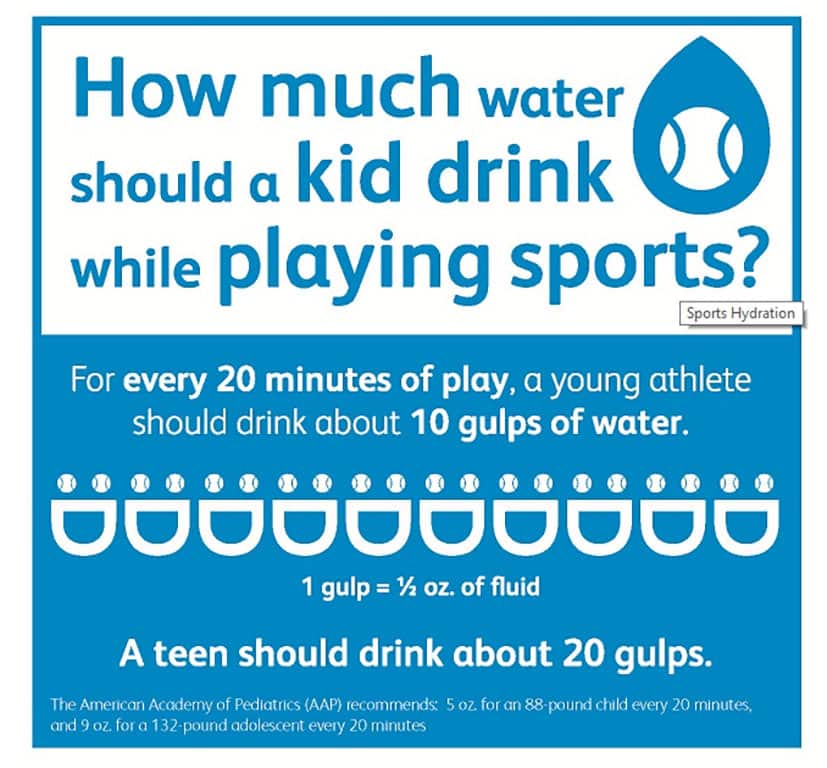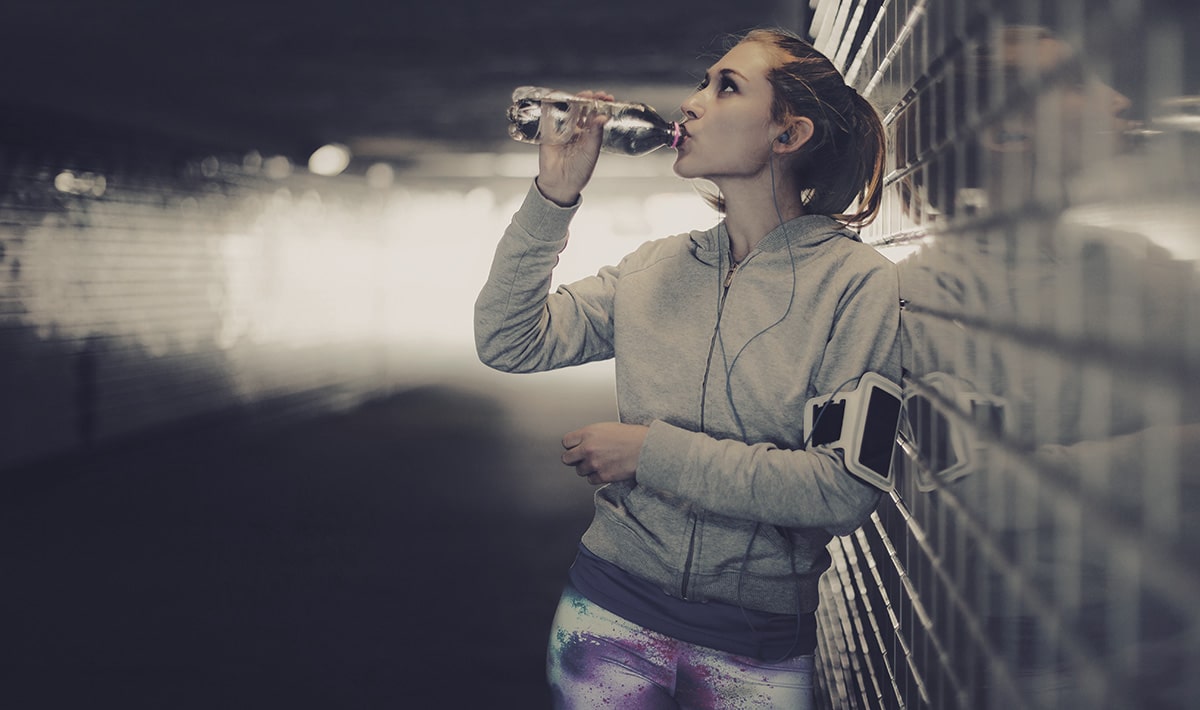The summer heat is hard to beat! It is essential to stay hydrated on a daily basis, but especially in the summer and even more so when your spending extended time outside. But how much should you be drinking? Our partners at Children's Hospital Colorado share some tips below for keeping young athletes hydrated during athletic activity.
To keep kids in top shape for sports, it’s important for them to stay hydrated by drinking plenty of fluids. Dehydration occurs when the body loses more water than it takes in (such as through sweating). When kids don’t drink enough water while playing sports, they could be at risk for dehydration, heat exhaustion or even heatstroke.
Bring a water bottle and take regular breaks
- Establish mandatory water breaks throughout practices and games – don’t wait for a child to tell you he or she is thirsty. Encourage children to stay well hydrated by drinking plenty of water before, during and after play.
- Make sure athletes have a water bottle for every practice and game.
- Make sure athletes drink fluids (water is the best option) 30 minutes before the activity begins and every 15-20 minutes during activity. Drinking water after play is equally important.
Drink enough water
Encourage athletes to drink the right amount of water. The American Academy of Pediatrics (AAP) recommends:
- 5 oz. for an 88-pound child every 20 minutes
- 9 oz. for a 132-pound adolescent every 20 minutes
Kids will know if they’re drinking enough water if their urine is clear or the color of lemonade.
Know the signs and symptoms of dehydration
The severity of dehydration can vary from mild to life-threatening if left unchecked. There are three levels of dehydration: heat cramps, heat exhaustion and heatstroke. Symptoms range from muscle cramping in the calves, back, arms or abdomen (heat cramps) to faintness or dizziness, nausea and rapid heartbeat (heat exhaustion) to collapse, emotional instability and very high body temperature (heatstroke).
Respond appropriately to signs of heat illness
If an athlete is dehydrated or suffering from heat exhaustion, call 911 if his or her condition doesn’t improve and worsens. Move the athlete to shade and cool the body with cold water. Have the athlete drink cool water, remove any equipment and excess clothing and lie down, raising his or her legs about 8-12 inches.
Make sure the athlete gets checked out by a doctor or medical personnel and is cleared before returning to play. If you suspect heatstroke, call 911 immediately and make every effort to cool the athlete. Treat heatstroke victims right away by immersing them in cold water before the ambulance arrives. If immersion is not an option, soak the child with cold water from a shower, hose or soaking towel.
Download more information on Staying Hydrated (.pdf) and Heat Illness (.pdf).

For more on how to stay injury-free during sports, check out more sports safety articles.

